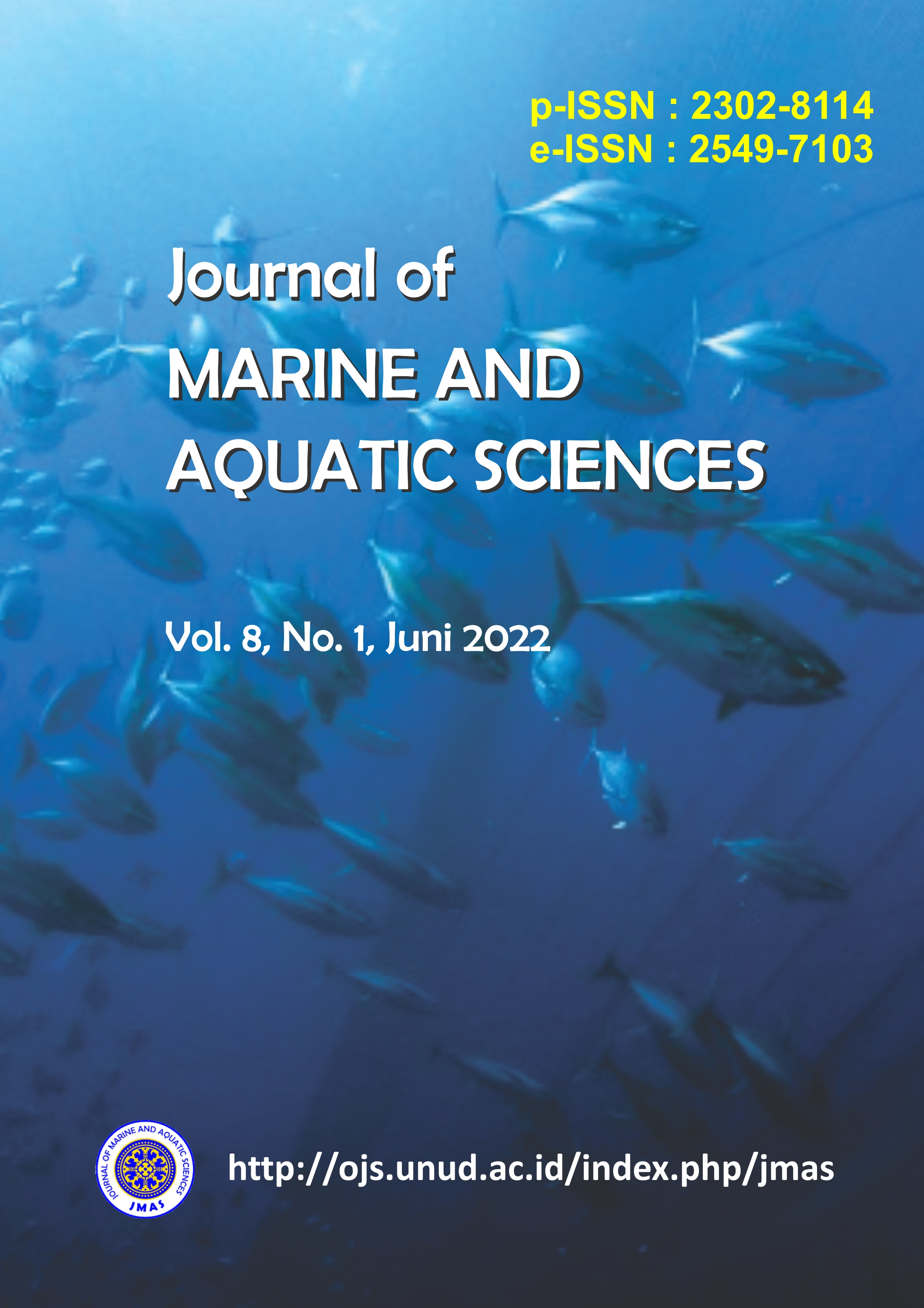Studi Laboratorium Bangunan Pantai Untuk Mereduksi Gelombang Tsunami Kasus Palu, Sulawesi Tengah
Abstract
Indonesia ranked second as the country most frequently hit by tsunamis, earthquakes large and small often occur in Indonesia. The earthquake in Palu-Donggala, Central Sulawesi in 2018 with a magnitude of 7.4 had generated a tsunami as high as 3-5 m, and the epicenter was in the north of the bay which resulted in the death toll and the destruction of infrastructure. In minimizing losses and casualties, structural disaster mitigation in the form of coastal buildings consisting of mangroves and vegetation as natural protection and sea walls as coastal reinforcement can be the right step to anticipate the vulnerability of the Palu Bay area. This study aimed to analyzed the level of attenuation in coastal structures and determine the best alternative for tsunami disaster mitigation planning. The test was carried out with a physical model using (wave flume) at the Balai Pantai Laboratory with a total of 48 times of testing with variations of three wave generation targets (0.07 m, 0.09 m, and 0.11 m), depth (0.40 m, 0.414). m, and 0.428 m) and the width of the vegetation (0.40 m, 0.70 m, and 1 m) which are divided into 24 scenarios. The results of the physical model test showed that the presence of coastal structures has a significant effect on the characteristics of the transmission waves, and the speed. The existence of mangrove forests and vegetation has succeeded in reducing wave transmission by 20-100%, also being able to reduce wave speed up to 100% significantly in the relative water level (Mean Water Level), reducing up to 87% at average elevation (Sea Water Level) ), and reduce up to 22% at the highest tide state (High Water Level).
Downloads

This work is licensed under a Creative Commons Attribution 3.0 International License.
Copyright 2012 - 2023 Journal of Marine and Aquatic Sciences (JMAS)
Published by Fakultas Kelautan dan Perikanan Universitas Udayana, Denpasar, Bali, Indonesia
JMAS (p-ISSN 2302-8114; e-ISSN 2549-7103)


